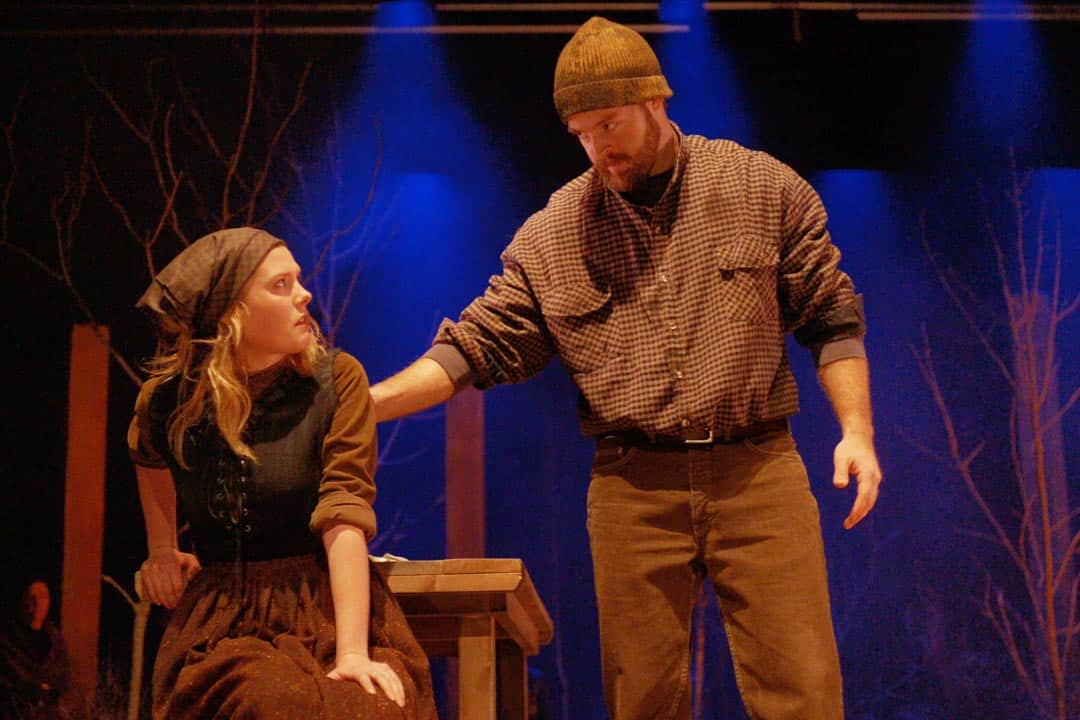On Friday, Hart House Theatre opened its run of Arthur Miller’s The Crucible, the theatre’s third production of the 2017–2018 season.
First performed in 1953, the play is a partially fictionalized story of the events of the Salem witch trials. Beneath the surface, the play is an allegory for the mania and finger-pointing of McCarthyism, as well as the Cold War era during Miller’s time, of which he himself was a victim. The Crucible is a highly political piece that questions religion, human nature, gossip, and mob mentality.
The show takes place after a young girl falls ill, leading the town to believe the illness was caused by witchcraft. The remainder of the show is, for lack of a better word, a witch hunt; a witch hunt to determine who has turned away from Christ, and towards the Devil. The people of Salem begin to accuse their neighbours of witchcraft based on personal vendettas, affairs gone awry, and business arrangements.
Hart House’s rendition presented a new dimension to the character of Abigail Williams, the play’s central antagonist. Played by Courtney Lamanna, she allows the audience to see that Abigail may not simply be a conniving villain, but rather a girl who fell in love based on a false promise. Lamanna makes the role relatable, emphasizing the universal emotions of Abigail’s story.
Thomas Gough also gives an excellent performance in the role of Giles Corey, providing some much-needed comic relief in this otherwise dreary tale. Magda Uculmana-Falcon is highly compelling in her heart-wrenching, emotional performance as Tituba.
When I spoke with director Michael Rubinstein before the show, he told me that his goal was to make the story “as accessible as possible” by breaking down any barriers which might separate the audience from connecting with the story.
The costumes and set design accomplish this well, with actors clad in simple, mostly black and brown attire that would not be out of place today. The set is simplistic and bare, allowing the story to feel as though it could be set anywhere. Simple beams, withered trees, and wooden furniture further contribute to the puritanical yet eerie feel of the show.
The second act represents a downward descent into chaos. While The Crucible‘s first act is full of excitement, its second act leaves something to be desired. Though staying true to Miller’s work should be, and is, a priority to this production, the repetitive dialogue regarding seeing the Devil and being a bad Christian might have been reinvigorated to greater effect.
Overall, the show did its job. I left questioning how much of this story can be left in the past, and how much of it applies to the events of the world today. The Crucible shows us that many of the trends of today’s politics have been repeated over the course of history. It’s a raw look at the use of scapegoating for political purposes.
The Crucible runs at Hart House Theatre until February 3.


